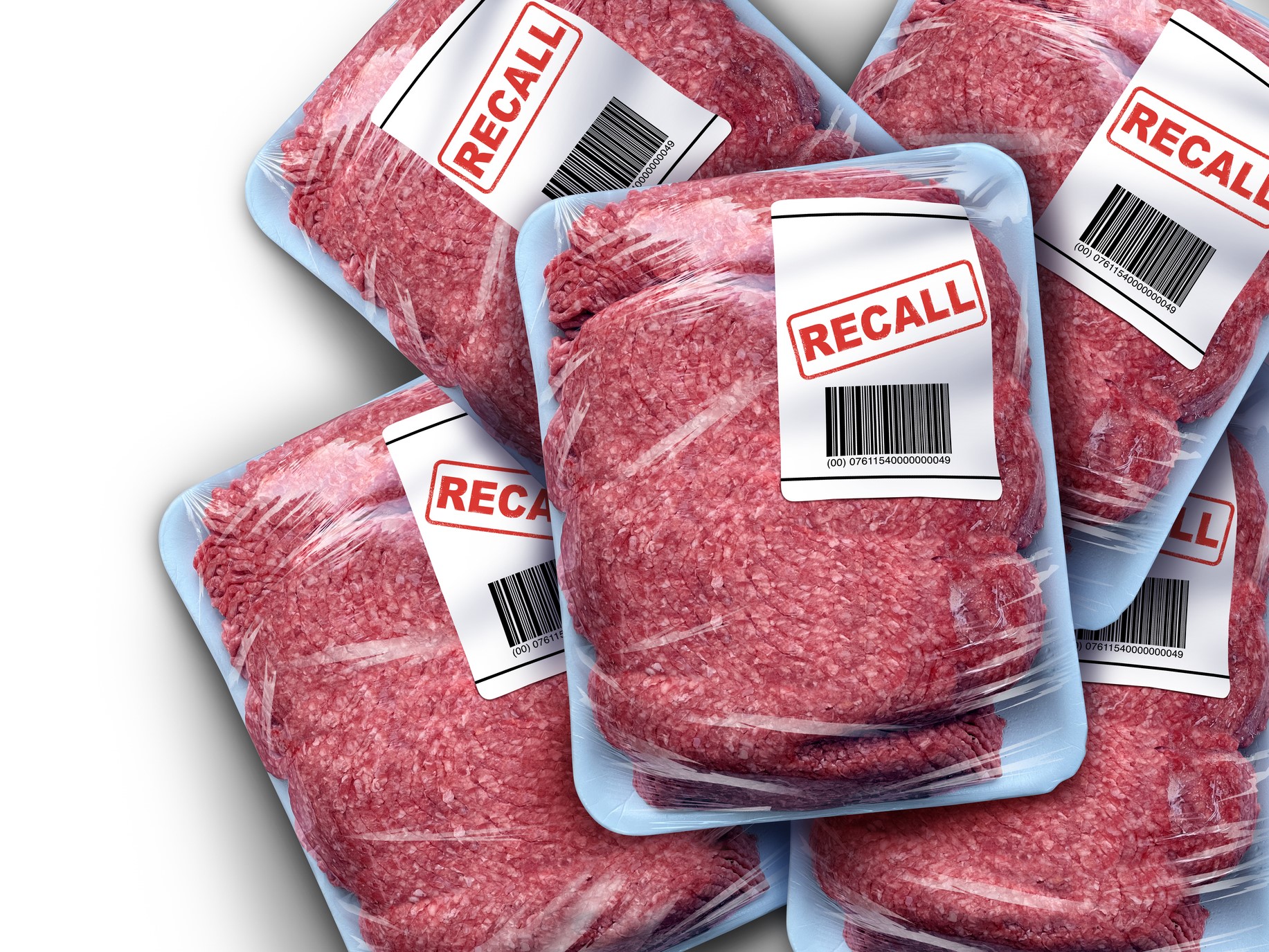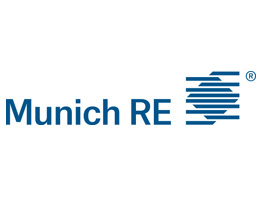Theft
Inventory Check Shows Over 300 Books Stolen

Pittsburgh, we have a book problem.
Although details are only just coming to light, a routine inventory for an insurance appraisal a year ago at the Carnegie Library discovered hundreds of books, maps and other antiquarian items were missing from the Oliver Rare Book Room at the library’s main branch in the Pittsburgh neighborhood of Oakland. The appraisal was conducted by Pall Mall Art Advisors, and the Allegheny County District Attorney is handling the investigation. The rare book collection has been closed.
Reviewing the Inventory
As part of the investigation, the library released a detailed list of the missing materials, which has been provided to the Antiquarian Booksellers Association of America (ABAA); that organization has put its member shops and dealers on alert.
The library itself has not issued any press releases about the theft or the investigation. But an April 4 story in the Pittsburgh Post-Gazette reported that “the list shows 173 rare books are gone. In addition more than 590 maps and 3,230 plates were removed from another 130 books — likely cut out with razors or X-Acto blades. One rare book dealer, Michael Vinson, estimated the value of the stolen materials at more than $5 million.”
The Post-Gazette also reported that “in 1991, two rare book appraisers alerted Carnegie Library leaders that its valuable collection of centuries-old maps and rare books would be much safer and better preserved in more secure, nearby research libraries.”
According to an April 3 report in the Library Journal, “on the list of stolen items are ten volumes published before the year 1500 and many more from the 17th century. There is a first edition of Philosophiae Naturalis Principia Mathematica by Isaac Newton, published in 1687, as well as a 1776 first edition of Adam Smith’s An Inquiry into the Nature and Causes of the Wealth of Nations.”
Rare Books, Rare Theft
While the theft from the Carnegie Library is a major loss, it is “an anomaly” and not reflective of a wider increase in theft of rare books and documents, said Joyce Kosofsky, who is on the board of governors and is chair of the ethics committee at ABAA.
“I don’t see a rising trend in book thefts. Theft has always been an issue as anyone in retail, antiques or collectibles knows. You have to keep your eyes on valuable books,” Kosofsky said.
She added: “The major theft from the Carnegie Library is very disturbing. You just don’t see thefts of multiple books from one source very often.”
Kosofsky runs the Brattle Book Shop in Boston, established in 1825, which is one of the country’s oldest and largest antiquarian book shops, and where Kosofsky is “queen of all things.”
“The internet has changed everything. It is the wild west. Anyone with a modem can sell anything.” — Joyce Kosofsky, chair of the ethics committee, ABAA
While major thefts of rare books may not be rising, they certainly are not rare. The International League of Antiquarian Booksellers (ILAB) dedicates an entire section of its website to information about thefts of collections, including theft from a warehouse in London in January 2017 and books stolen from the National Library of Sweden between the years 1995 and 2004.
In the Carnegie case, the ILAB noted, “many of these items may have stamps or other markings reflecting ownership by the Carnegie Library of Pittsburgh and would also not likely be marked for deaccession. A number of these items may have also been sold by or through Pittsburgh area booksellers. ILAB members are being alerted about the theft.”
Telephone numbers and email addresses for the detectives at the DA’s office were provided in the case someone spots a marked book while browsing local shops or through online senders.
Managing Book-Theft Risk
Shops and dealers who are members of the trade associations are not the problem, Kosofsky explained. “In our business, reputation is worth more than one sale, especially anything the least bit shady. Provenance is everything.”
Rather, she added, “the internet has changed everything. It is the wild west. Anyone with a modem can sell anything.”
Margaret Bussiere, vice president, DeWitt Stern, the fine-arts division of specialty brokerage Risk Strategies, said that for rare books and documents, the issue is not so much insurance — the market is soft and capacity is ample — but rather risk management.
Rare books and documents “have been treated with cultural and historical reverence,” Bussiere said, “but not as cash-value objects. Professionals and institutions have to be aware that their collections are being pilfered by professionals. Unlike fine art, which is difficult to sell, books and documents are easy to sell.”
And sometimes too easy to steal. Bussiere related one case where a crate of rare books was being returned from a fair and became a crime of opportunity. The crate was opened in the warehouse and all the price tags were still on the books. The thieves did not need to know a thing about the objects, they just took the most valuable ones.
“Thieves have copped to the fact that this is easy money,” said Bussiere. “Underwriters may have to start putting in theft deductibles, or warranties, for locked cases. Many already have exclusions for unattended vehicles, but these are inland marine policies that are very broad. They cover everything that is not excluded, and what is excluded is not very much.”
Update: As of July 20, 2018, two men have been charged with stealing these books and other rare materials from Carnegie. Read more about that here. &










